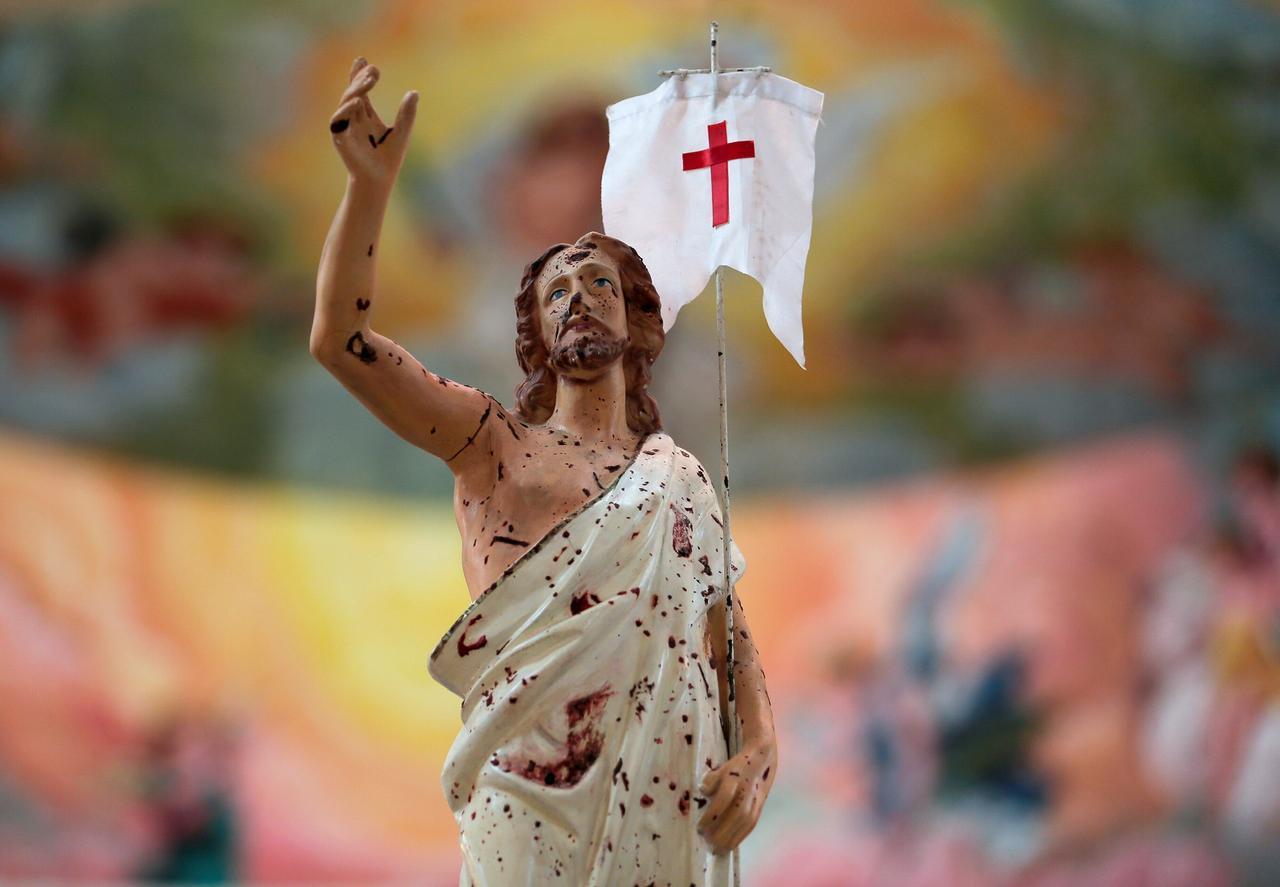The Conversation
September 30, 2024

Man with fire Photo: Shutterstock
As summer approaches, the threat of bushfires looms. Earlier this month, an out-of-control blaze in Sydney’s northern beaches burnt more than 100 hectares of bushland, threatening nearby homes.
Climate change is making bushfires larger, hotter and faster. Previously unthinkable catastrophes, such as the “Black Summer” megafires in Australia in 2019/2020 and the ones that ravaged Maui, Hawaii, in August 2023, are becoming more common.
Firefighters put their lives on the line to battle these fires. Yet many are not meaningfully and comprehensively prepared to respond to erratic and extreme conflagrations. This increases their chances of being injured, or worse. It may also hinder their ability to make the best decisions.
To help address this, the University of New South Wales’ iCinema Research Centre has created iFire. This cutting-edge training system allows firefighters and emergency responders to virtually teleport into a burning landscape and train for the real thing. It could revolutionize the way we prepare for other natural disasters as well.
Megafires are becoming more common
The rate of extreme fire events has doubled over the past decade. These fires can combine with the atmosphere to produce their own weather systems, generating multiple fire fronts. As the planet continues to warm, this situation will only get worse.
Much current research is focused on understanding these worsening fire threats. This is vital. But data and charts don’t meaningfully prepare firefighters for how to respond to such extreme, unanticipated fires.
“Experiential preparedness” is the missing element.
It helps firefighters prepare by virtually experiencing and rehearsing how to respond to real and future extreme fires through immersive scenarios. This can be done in a large-scale, three-dimensional cinema or on a smart tablet or phone.
Simulating the fireground
The iFire collaboration builds on iCinema’s award-winning iCasts immersive training system for mine workers.
Since it was developed in 2008, iCasts has exposed and trained thousands of miners and planners in simulations of known threats before they go underground. This has resulted in a dramatic reduction in serious injuries at Australian mine sites and many lives saved.
iFire takes a similar approach. It uses a combination of mathematical modeling of actual fires provided by CSIRO’s Data61 research institute, advanced visualization and artificial intelligence (AI) tools to recreate immersive simulations of three real case studies: a pine plantation fire, a grass fire and the 2020 Bridger-Foothills fire in the United States.
The system puts fire crews in the centre of these simulated firegrounds using immersive cinematic scenarios. The crews feel as though they are physically present. They can experience the fire from any point of view – aerial or on the ground – at any point in time, and interactively engage with it.
Importantly, the scenarios are not static reproductions of past events. Fire crews and incident commanders can adjust variables to experience the influence of changes in conditions. For example, they can change the air temperature or wind direction and see how this affects the dynamic behavior of the fire in real time.
This allows them to better perceive risks and practice making key decisions in preparation for when they are on the actual firegrounds and under enormous pressure to act fast.
A more advanced system
iFire is already in the hands of those who need it. It has recently been installed at the Fire and Rescue NSW Emergency Services Academy in Sydney using a 130‑degree, three-dimensional, cinematic theatre.
The UNSW iCinema Centre and Fire and Rescue NSW will use iFire to develop training modules for frontline response. These modules will provide simulations where fire crews practice how to be situationally aware in the face of an unpredictable fire situation. They learn how to make the best decisions in managing the unfolding fire.
But the iFire team is working towards building a more advanced AI system that learns the underlying and unforeseen patterns of fire behavior to create more precise and detailed simulations of these unpredictable fires.
This will enable incident commanders and firefighters to engage with unanticipated fireground threats and better prepare to protect people and property under threat from flames.
The longer-term goal is that the iFire system will ultimately enable firefighters on a tablet or any other smart screen device in any location to experience the look and feel of a possible future fire scenario in real time. This won’t be as immersive, but it will be effective for use in the field when managing a fire and will improve tactical and strategic responses.
Although iFire has been specially designed for firefighters, the technology behind it can be tweaked for many purposes. For example, it can be used to help better train and prepare emergency service workers for other natural disasters such as floods and earthquakes.

Dennis Del Favero, ARC Laureate Fellow and executive director, iCinema Research Centre, UNSW Sydney; Michael J. Ostwald, Professor of Architectural Analytics, UNSW Sydney, and Yang Song, Scientia Associate Professor, School of Computer Science and Engineering, UNSW Sydney
This article is republished from The Conversation under a Creative Commons license. Read the original article.












